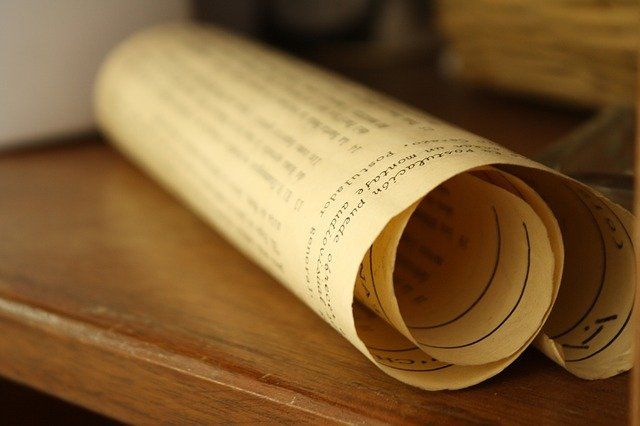The origins of different forms of writing
To write derives from the Latin verb scribere, which properly meant "to trace characters", "to scratch", "to sculpt", coming from the Indo-European root skribh- "to scratch".

Writing is an art that has been developed since the beginnings of mankind, since primitive times man wanted to express his thoughts through various sculpted strokes, first in stone and then in wood, wax-covered tablets or other materials.
To write derives from the Latin verb scribere, which properly meant "to trace characters", "to scratch", "to sculpt", coming from the Indo-European root skribh- "to scratch". Both scribere and the Greek verb grafem gave rise to a large number of words, among them: transcribe, inscription, subscription, manuscript, epigraph, paleography, calligraphy, shorthand, etcetera.
Some words related to writing, its means, and forms of transmission are as follows.
Text. It is used to designate what is written or printed, etymologically it means "woven" because it comes from the perfect passive participle: textus, from the Latin verb. um texere: "to weave", "to plot", a text, in reality, it is weaving or weaving of words and sentences.
Manuscript. A word from the Medieval Latin manuscriptum: "manuscript" and this, in turn, from the Latin noun manus: "hand", in the ablative case manu "with the hand", and the perfect passive participle scriptus, from the verb, scribere: "to write", used to designate a book or document written by hand.
Paper. It is, in turn, from the Greek papyrox "papyrus". It is a writing material made from the pith or stems of this aquatic plant. From the Latin papyrus was derived "paper" and its transmission is also obvious in the French papier and in the English paper.
Papyrus comes from the Latin papyrus: "papyrus, aquatic plant" and "paper".
Parchment. It is a skin prepared for writing or engraving on it, its name comes from the Greek city of Asia Minor, Pergamon, where the first preparation of sheep and goat skins was carried out in order to write on them.
Codex. This word is used to designate some ancient handwritten documents; in Mexico, it refers especially to hieroglyphic documents made by the Aztecs or the Mayas on leaves of maguey fiber or on prepared deerskin, in the manner of parchment: "tree trunk without branches or bark", from which tablets were extracted that, covered with wax, was used to write on them, especially collections of laws or statutes, hence the same word also means "code", that is, "book of laws".




